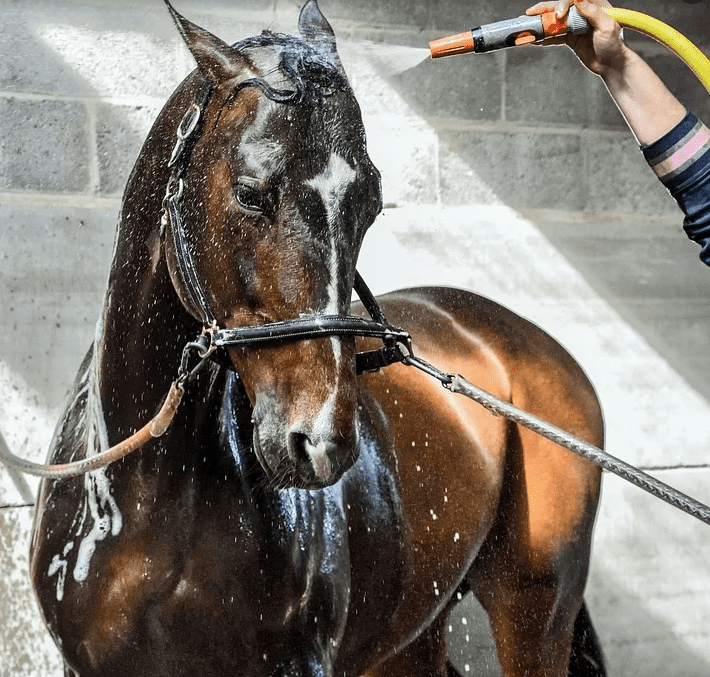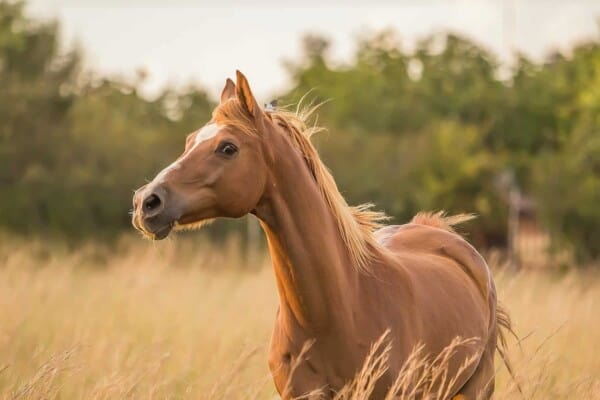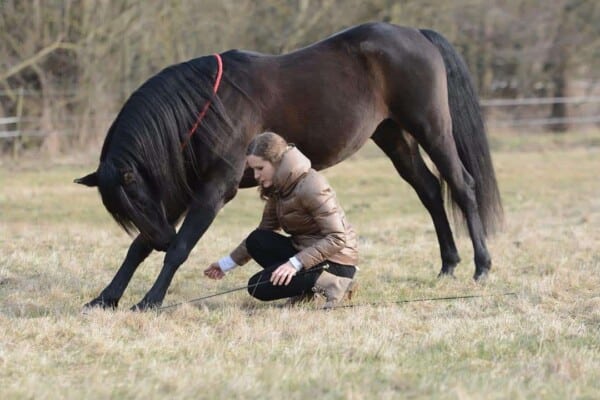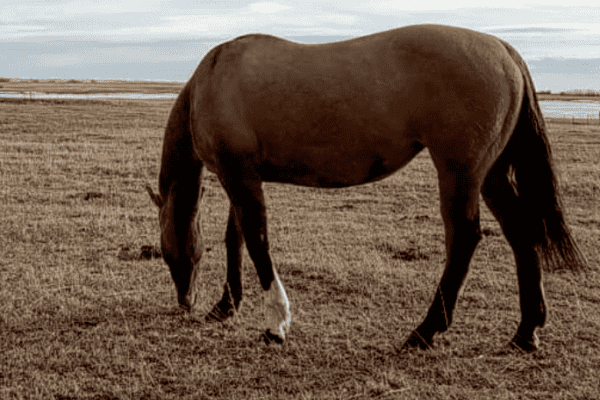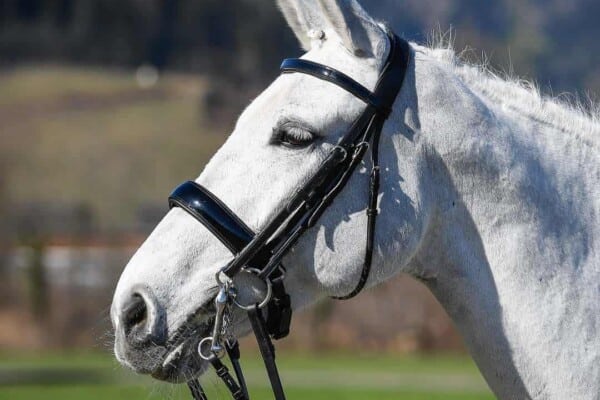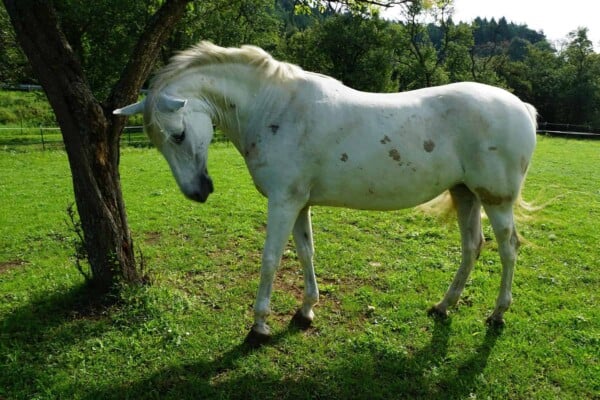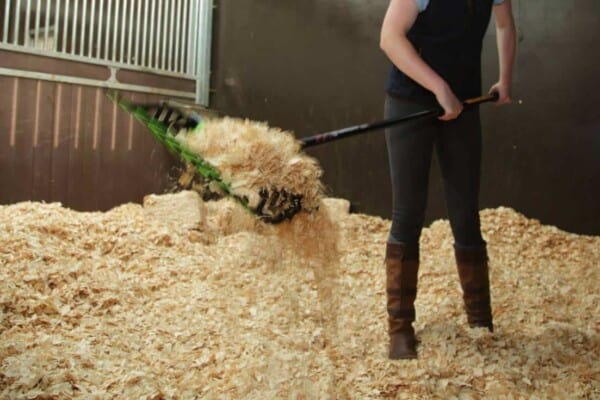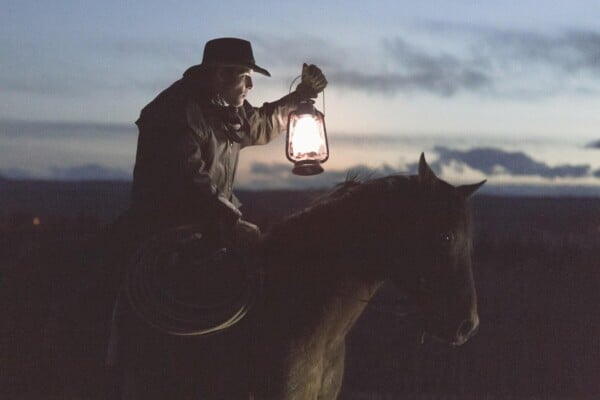Depending on where in the world you reside you will have different climate challenges when it comes to keeping your horse comfortable in different seasons.
Summertime is a great time to ride but it is also a time when we need to take extra precautions with equine management. In warmer climates horses can quickly become heat stressed which can lead to a range of nasty health issues and will also be quite stressful for the horse
Here are some of my own equine management tips to ensure that your horse stays comfortable in warmer conditions:
1. Avoid sunburn
Just like humans horses can suffer sunburn. In particular you need to be extra vigilant if you own a white or a lighter skinned horse. You should also be aware of areas such as white socks and blazes, pink noses, and other hairless patches which is more susceptible to sunburn. Keep your horses out of direct sun at the hottest part of the day and use sunblock if necessary. Use a fly cover or mask if you are worried about prolonged exposure while standing in the field.
2. Provide Lots of Fresh Water
In warm conditions it is very important to make sure your horse has plenty of fresh, cool water. A bucket or a container filled early in the day will not be sufficient if it is very warm. In such conditions water can quickly become stagnant and unhealthy and will be unappealing to the horse.
If your horse doesn’t seem to be drinking even if the water is fresh then you could try to add a salt block to the water to make it more appealing. Another way to ensure your horse stays hydrated in warm weather is to provide them with hay that has been misted.
3. Provide Decent shade
It is very important to provide a shaded area if your horse is likely to be outside during the day in warm weather. A run in shade with room for all the horses in the field is the best solution. Trees can also act as shade but the exact amount of cover can change depending on the time of the day and it often does not provide 100% cover as sunlight can penetrate through the gaps in the leaves.
4. Pick Better Turnout Times
Pick and choose your turnout times depending on the strength of the sun and heat at different times of the day. An overnight turnout may be ideal in some climates but this may not be possible for many different reasons. If an overnight turnout is not an option then first thing in the morning before it gets very hot is a good alternative.
5. Be extra Vigilant for Toxic plants
Summer and warm weather usually also brings an increase in the number of toxic plants that a horse can potentially consume. For example ragwort grows very quickly in summer and in large quantities over relatively short periods. If grazing is sparse as a result of warmer than usual conditions then there is a risk that the horse will eat a toxic plant.
When removing toxic plants such as Ragwort try to do it in spring and summer before it has a chance to seed and spread. If cutting this plant be careful to remove all traces of it as it is just as toxic when cut and may have lost its bitter taste which will make it more palatable to horses.
6. Provide extra fly and Mosquito Protection
With warm weather also comes increased amounts of annoying flying insects such as mosquitoes. If your horse spends the majority of their outside they are more susceptible to bites and constant harassment from such creatures. In some cases mosquitoes can carry nasty viruses and bacteria that can make a horse very sick.
Horses attract mosquitoes for a variety of different reasons including their large surface area to land on, and their light hair covering which makes it easy for mosquitoes to draw blood.
Be mindful of your horses proximity to mosquito breeding sites including ponds, puddles, and water filled tracks. If possible keep your horse away from these sites and be on the lookout for stagnant water around the area they reside. Use fly sheets, fly masks, and other protective equipment as necessary. You should also look into providing extra protection when your horse is stabled. Turning off stable lights, ensuring proper stall drainage, cleaning out stall regularly, and using insecticides are all prudent measures that should be part of your warm weather routine to ensure your horse if safe from various different insects.
7. Reduce amount of Work
It doesnt matter how fit your horse is, when it comes to warm weather you need to be careful with the amount of work that you are asking them to do.
If the humidity is high think about shortening the session and reducing the overall amount of work. This is especially important if you are riding in an enclosed space where the air quality may not be as good. When finished riding make sure you offer lots of water in small sips and cool down and sponge them off straight after.
8. Clip horses with longer coat
As temperatures begin to heat up it is always a good idea to ensure that your horse is clipped regularly. A heavy coat will impede their ability to cool down and can also add to the risk of overheating when doing work.
This is extra important for horses who have PPID/Cushings disease and who may have a shaggier coat as a result of their condition.
9. Watch Out for Heat Stroke.
Heat stroke happens when your horses body temperature heats up to a point that they cannot handle. It often happens because of exercising in warm conditions but can also happen if left too long in an environment that is excessively hot.
Knowing how to help a dangerously heated horse is important, however it’s far better to keep him from overheating in the first place. The main symptoms to look out for include excessive sweating, heavy rapid breathing, an elevated heart and respiratory rate, and unusual behavior than can range from depression/lethargy to more manic behavior as the condition worsens


